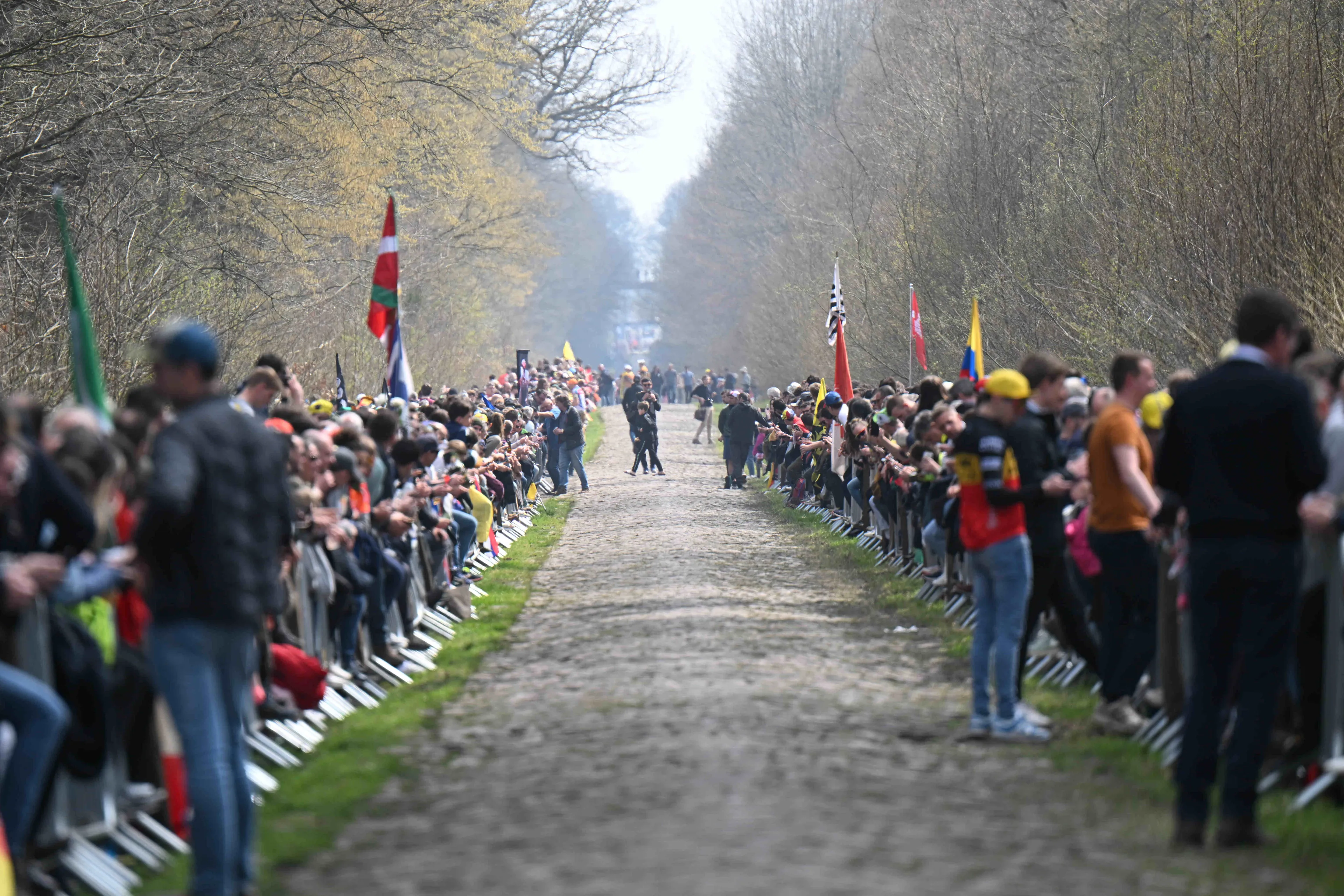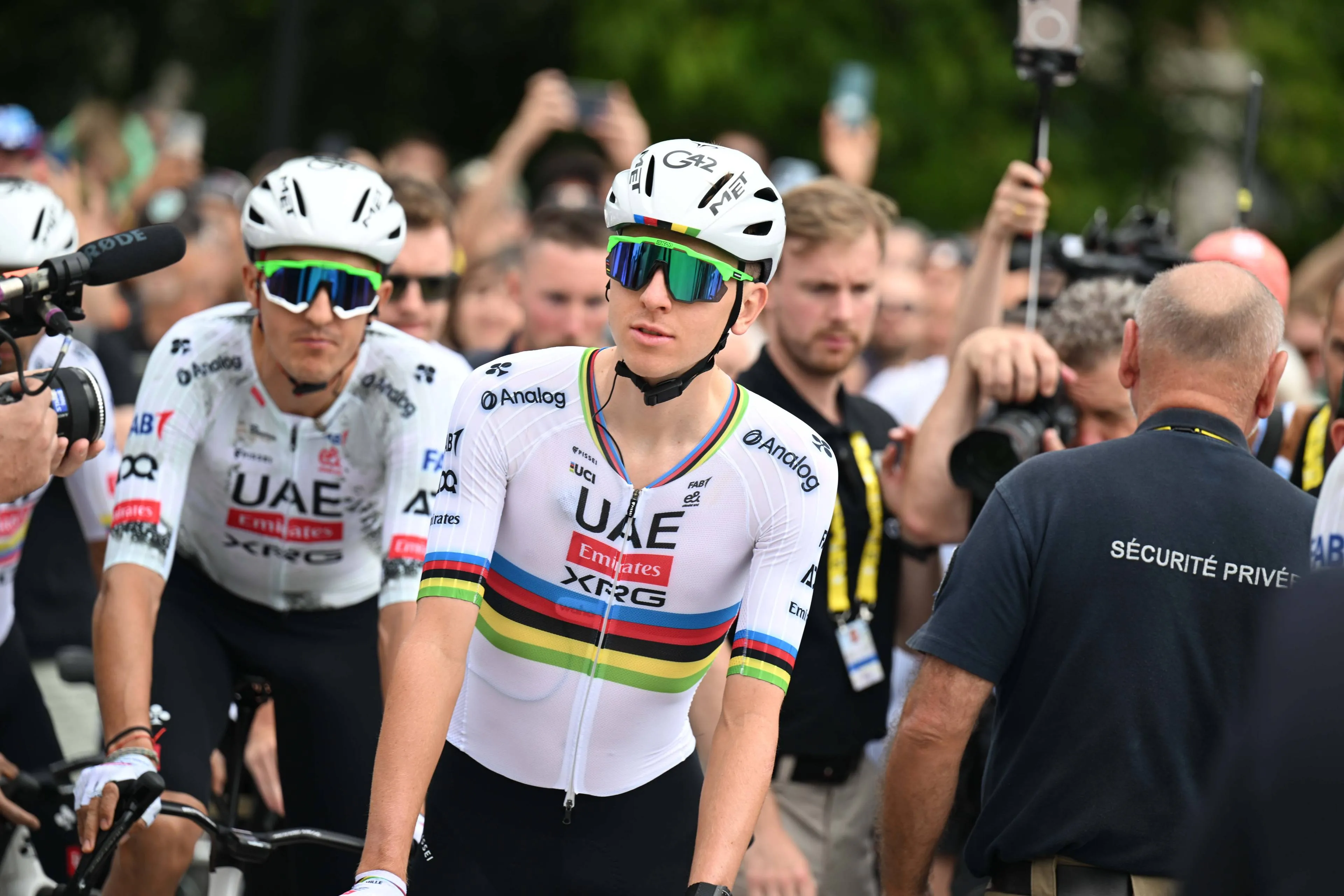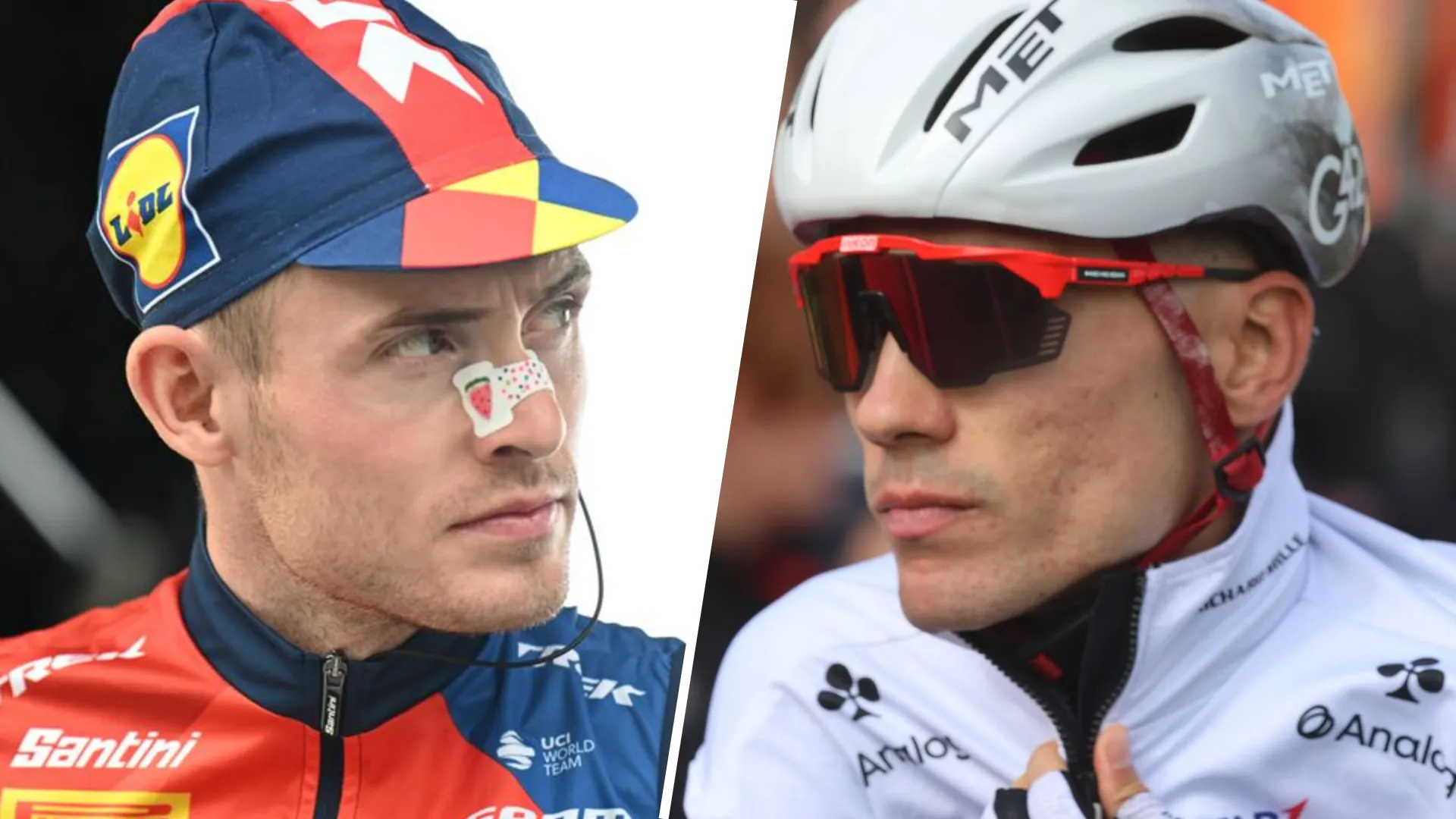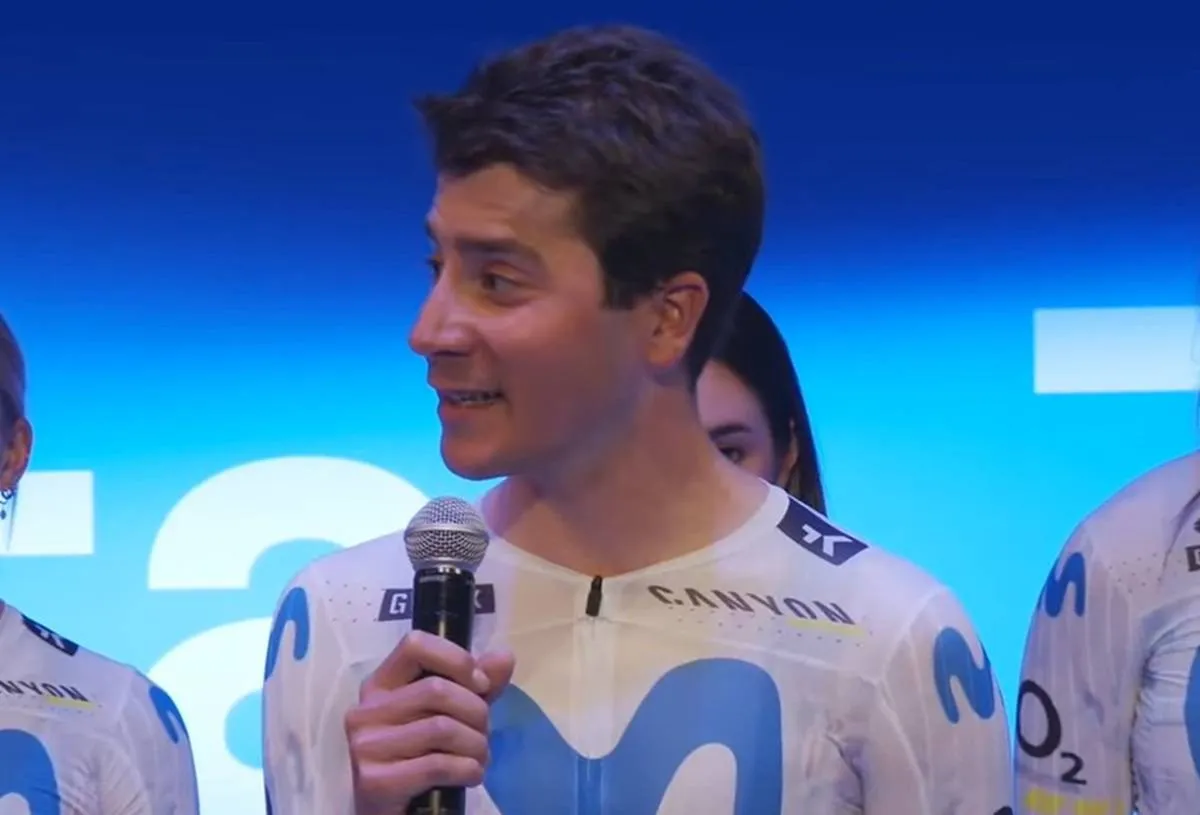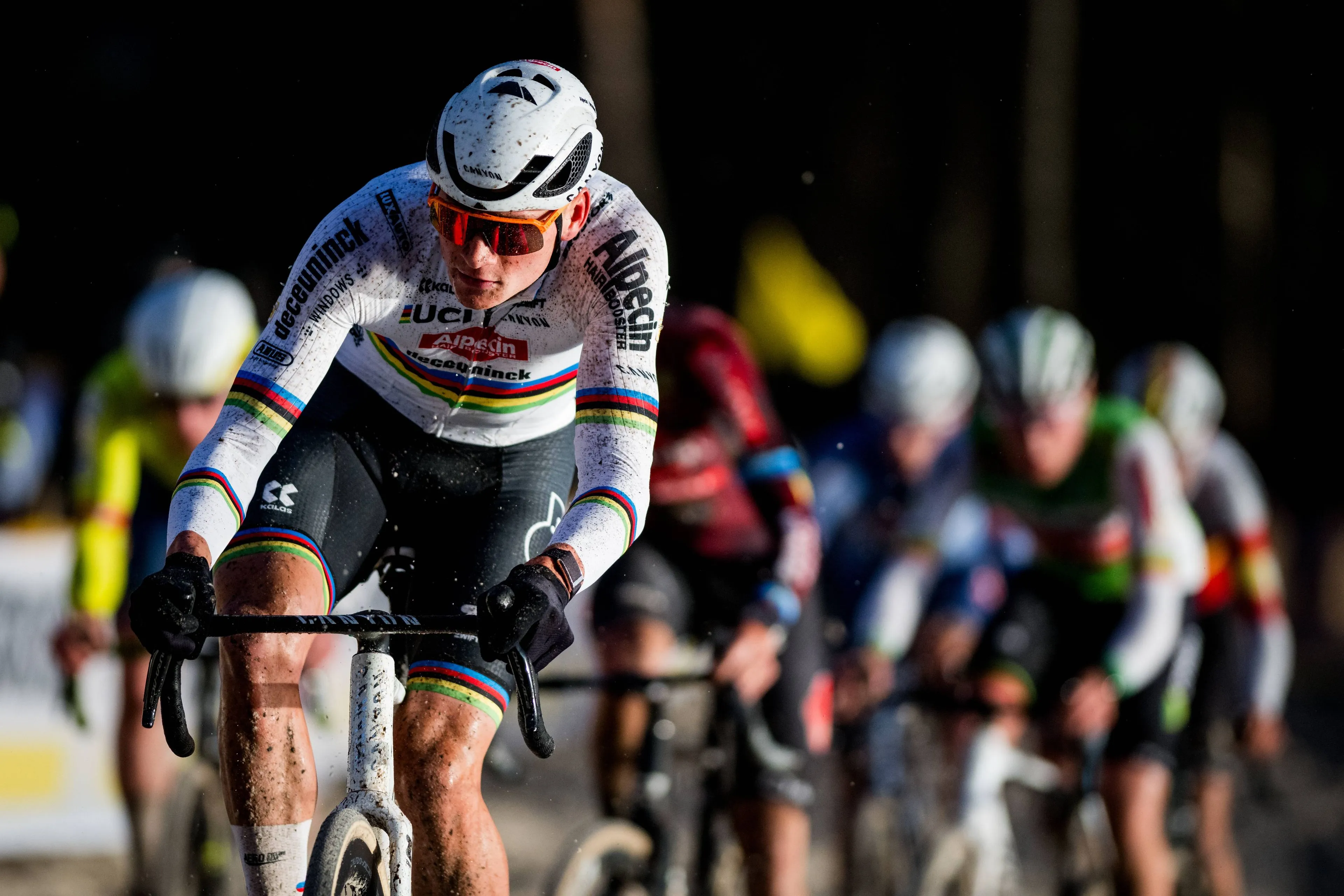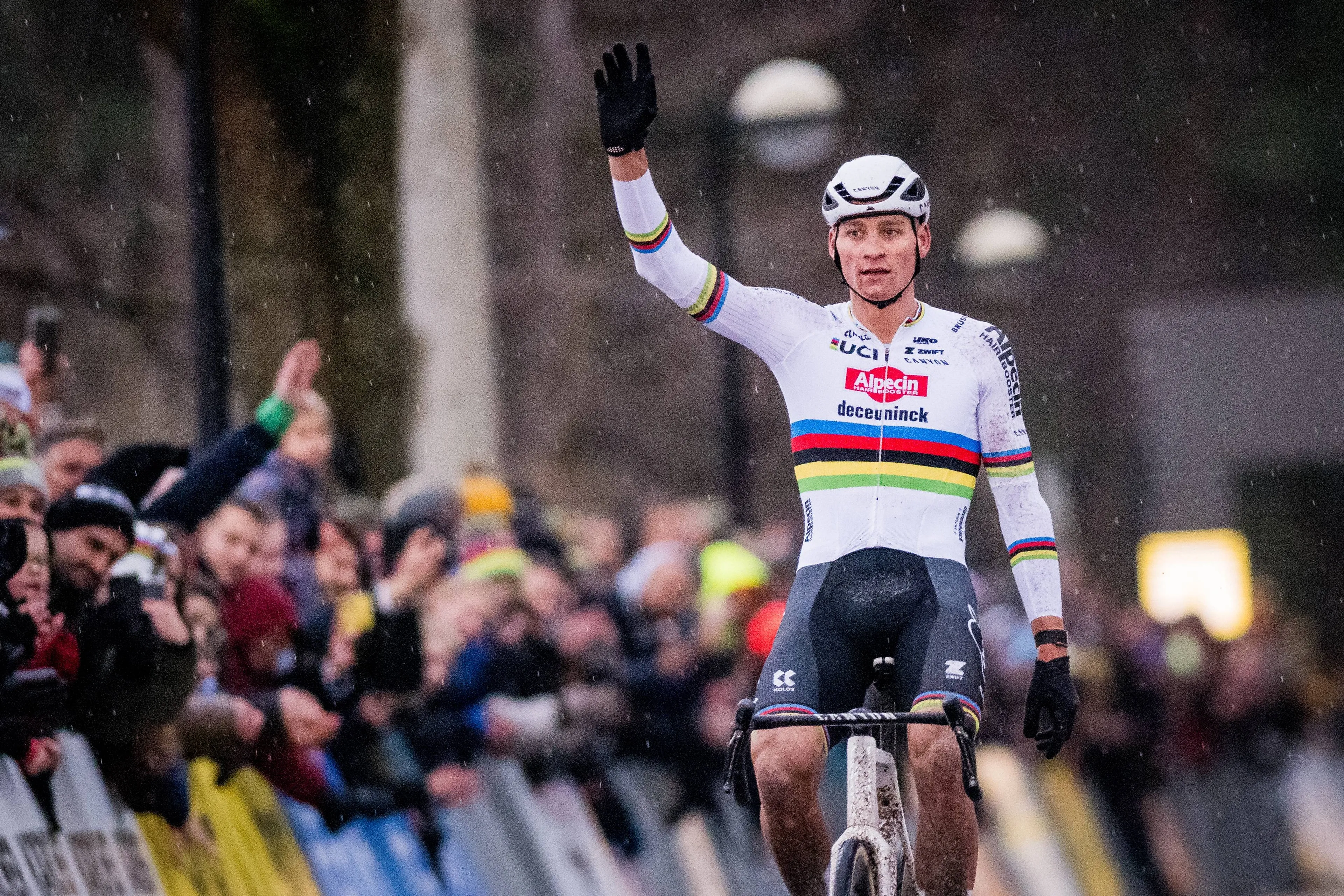"It doesn’t solve the problem, it just moves it somewhere else" - Fabian Cancellara assesses impact of Paris-Roubaix's new chicane
CyclingFriday, 05 April 2024 at 22:00
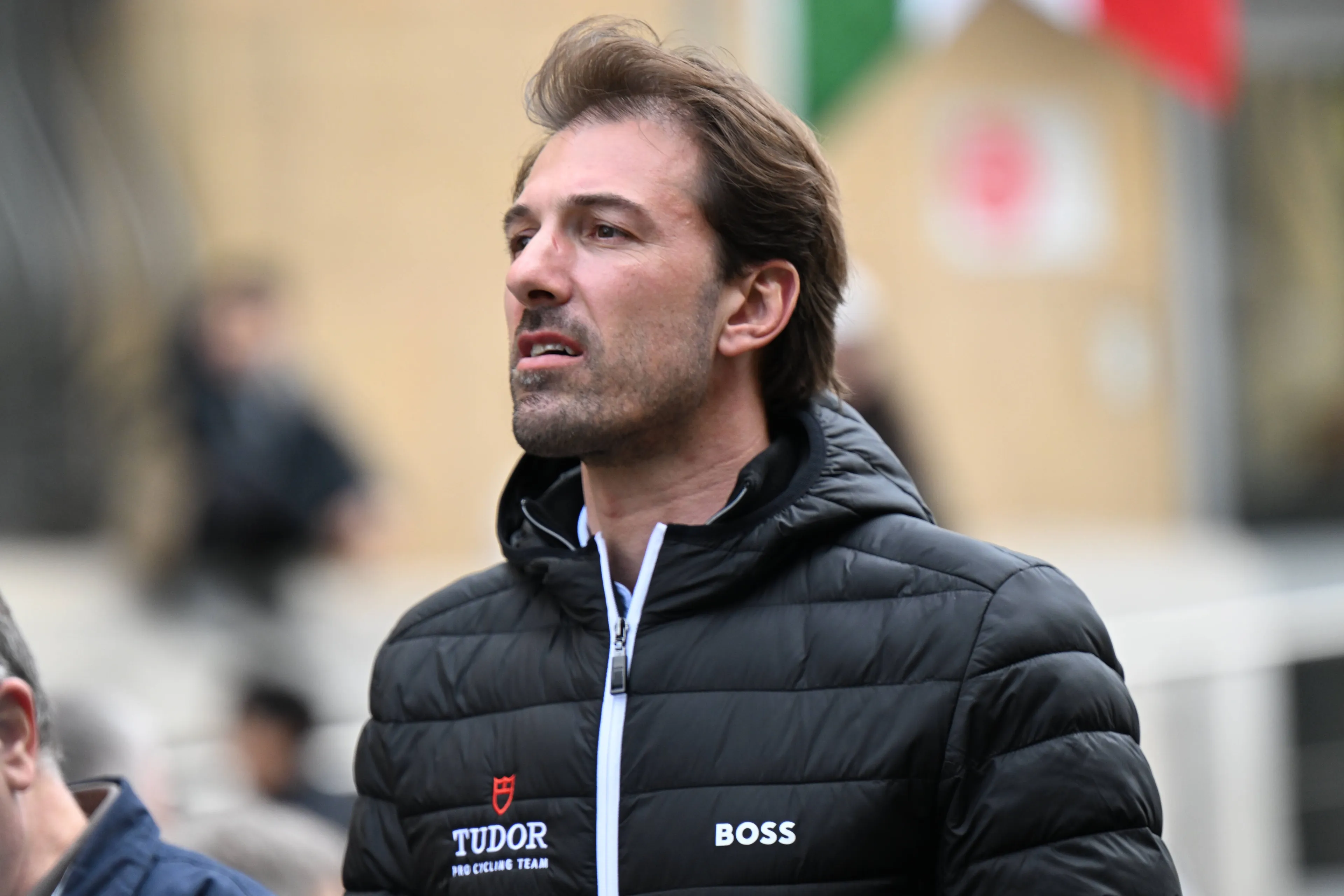
Ahead of the third monument of the season this weekend, talk has been dominated by the addition of a chicane to the Paris-Roubaix course prior to the Arenberg section of cobbles.
Fabian Cancellara, a three-time former winner of Paris-Roubaix knows all about the danger of the French cobblestones and whilst he agrees with the idea of doing something to improve rider safety during the race, the Swiss isn't sure the chicane is the perfect way to make things better.
Read also
"We all know what the usual entrance to the Arenberg is like. It’s always hectic on the approach, because everybody is battling to be at the front before you hit those cobbles. And when the peloton arrives at 70kph and goes from the smooth road to the rough cobbles, there are almost always crashes," Cancellara writes for Cycling News. "In that sense, it’s understandable that ASO wanted to do something to reduce the speed of the peloton on the approach to the Arenberg. I also support the idea of having the bunch come onto the Arenberg more slowly – but the big question for me is whether this new chicane is the right way to do it."
"The problem with this chicane is that it looks like it might be worse. Or at least, it doesn’t solve the problem, it just moves it somewhere else," the Classics legend assesses. "Whoever brakes coming into that chicane will lose their position, so people will go all-in, and that’s potentially even more chaotic."
Read also
"I don’t know if it’s possible, but in the future, they could maybe try to find a road in the village where they can make a couple of turns that would force the bunch to lose speed before they approach the Arenberg," Cancellara continues, proposing a different option. "I don’t really feel like I’m the right the person to say whether the change is right or wrong, because I don’t race anymore, and our Tudor Pro Cycling Team are not racing Paris-Roubaix this year either. All I can say is that the announcement came quite late. I don’t know if that was a deliberate decision from ASO, or if it was that the CPA only asked for the change recently. I don’t know the background at all."
"Every change always has a consequence. I’m in favour of having the bunch come onto the Arenberg more slowly, but to do that, you need to calculate these things carefully. I think this chicane could be a problem. It’s like having a corner 50 metres from the finish in a bunch sprint," he concludes. "After the chicane, however, we will see something we haven’t seen before, a peloton coming onto the Arenberg at low speed. That’s going to make the sector itself feel harder than before, because it’s difficult to build momentum on the cobbles."
Read also
claps 0visitors 0
Just in
Popular news
Latest comments
- Doubt it, no-one was against PT and the board put Adams back in his place with his agenda. People who care can tell the difference.Jumpyjohn14-12-2025
- Few teams left with money and stability, the better riders can’t pick and choose anymore, you take what comes.Jumpyjohn14-12-2025
- He k another race off Pogi's list of winsmd197514-12-2025
- Wrong Choice. they cannot reconcile between Pedersen and Milan and Ayuso and Skejlmose, He will be in no man's landabstractengineer14-12-2025
- I like see him compete against Ayuso at Vuelta.
 KerisVroom14-12-2025
KerisVroom14-12-2025 - They'll be the new target for protests, even if Adams isn't involved. Just being tied to that team is a really bad idea. Its probably going to hurt Canyon too.Veganpotter14-12-2025
- He’s done cross before. I bet if he dedicated himself to that he’d start cleaning up.mobk14-12-2025
- 1. No, the team owners want to have reliable money without having to actually perform. 2. It's "creative destruction". It's how things improve. Resources and labor are put to more productive uses. 3. That'd be more likely to happen if you listened to these "cycling is unsustainable" whiners. 4. There are thousands of pro races per year. Some teams are happy with a podium. Everything here is a Non Sequitur. -An Economistacem8214-12-2025
- I appreciate the restraint for sure.mij14-12-2025
- I was thinking the same thing. some of the questions were just terrible.mij14-12-2025
Loading
The Paris-Roubaix organisers have implemented a chicane to reduce the speed into the Arenberg Forest cobbled sector 👀 #ParisRoubaix2024
1 Comments


